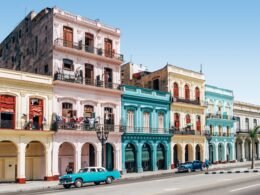Every year France plays host to approximately 200 million international visitors. Not only is it one of the leading international tourist destinations but the capital city, Paris, is one of the most visited European city destinations.
Often referred to as “l’Hexagone”, France boasts six rather distinct sides to its shape, with each one offering a truly unique character.
From the coastal areas of Brittany to the rugged panoramas of the Alps, the sun-drenched region of Provence to the picturesque region of Alsace, this is a country that has something to offer to everyone.
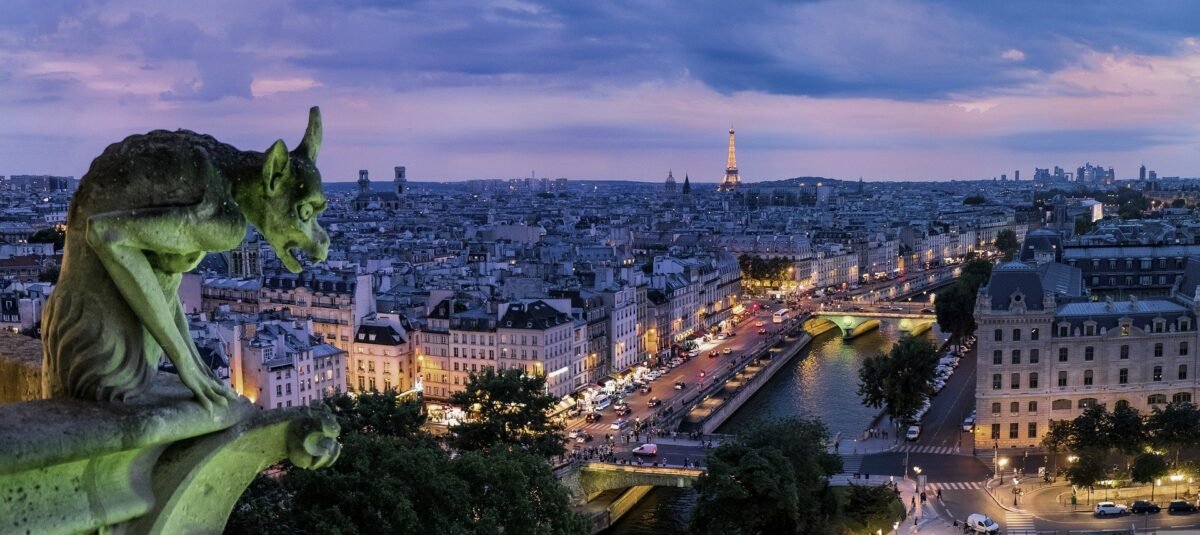
Photo: Pexels | Pixabay
There is a certain “je ne sais quoi” about the country that will have you wanting to return year after year, and whilst your travel list may already include some of the more traditional places to visit in France, there are plenty of hidden gems to look out for as well.
With this in mind, here is our guide to 15 of the best places to consider visiting in France.
Table of Contents
- 1.Rouen – For Culture and Cuisine
- 2. The Loire Valley – For Chateaus and Countryside
- 3. The Camargue – For Unspoilt Beauty
- 4. Provence – For Artistic Inspiration
- 5. Brittany Coast – For Sand and Seafood
- 6. The French Alps – For Scenery and Snow Sports
- 7. Lourdes – For Pilgrims and the Pyranees
- 8. Cote d’Azur – For Blue Skies and High Society
- 9. Nantes – For History and Art
- 10. Burgundy – For Wine and Winding Hills
- 11. Reims – For Architectural Delights
- 12. Alsace – For Canals and Churches
- 13. The Ardeche – For Forests and Rivers
- 14. Dordogne – For Caves and Cro-Magnon Art
- 15. Paris – A City Like No Other
- Final Words on The Best Places To Visit In France
1.Rouen – For Culture and Cuisine
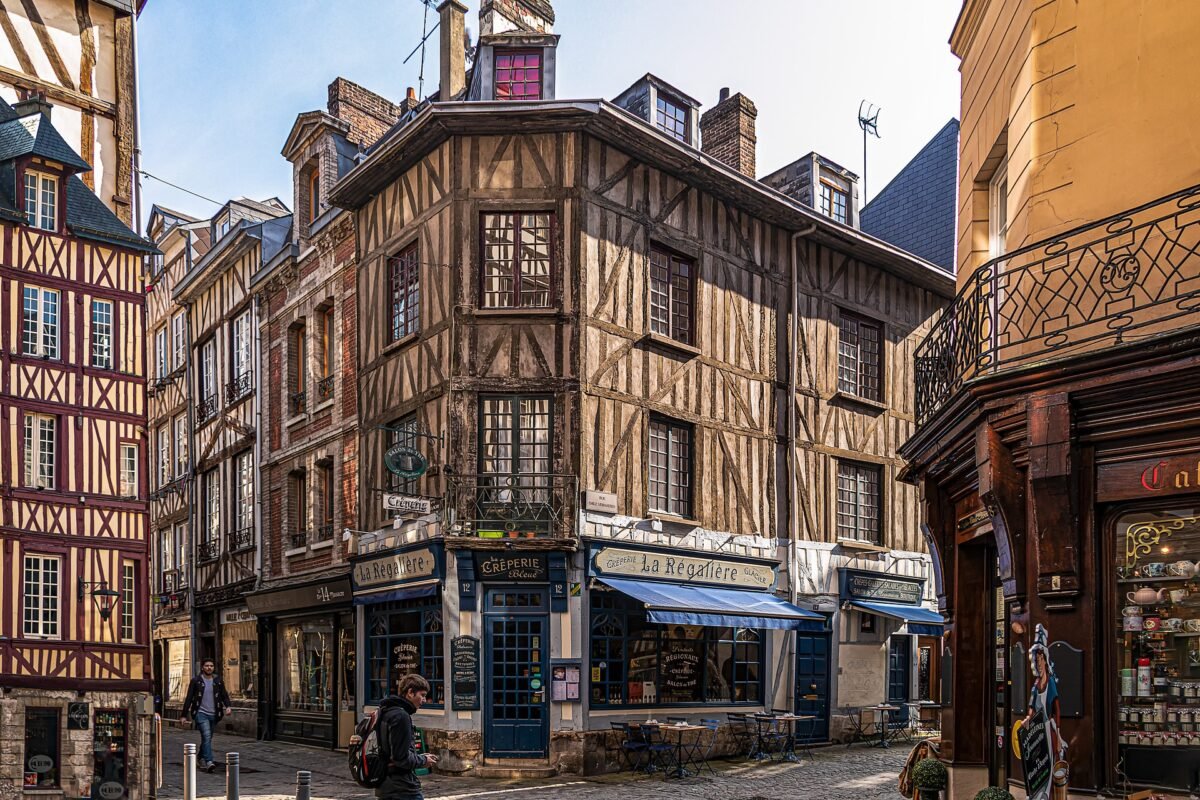
The vibrant city of Rouen, one of the capitals of the Normandy region, is located in northern France. Therefore, the city has a rich and deep cultural and artistic heritage with many museums and other places of interest to visit.
Rouen is where Saint Joan of Arc lost her life, and the legacy that she left behind is in evidence here. The site of her trial is now a museum that offers an interactive visit. Rouen also houses the dungeon where her captors kept her. Furthermore, you can see the Église Sainte-Jeanne-d’Arc de Rouen, which marks the spot where they burned her at the stake.
Old Market Square, which was once an execution location during the middle ages, is a great place to sit and people-watch. You can do so whilst enjoying some of the local cuisine in its many restaurants and cafes. The architecture of Rouen is an eclectic mixture that exemplifies its rich history and is well worth exploring.
2. The Loire Valley – For Chateaus and Countryside

People often refer to the Loire Valley as the Garden of France. It is the largest UNESCO World Heritage site in France. The area is 280 miles in length, and there are over 300 chateaus. However, only 42 of them make up the UNESCO site.
These magnificent castles and fortresses scattered around the French countryside are an architectural delight. Furthermore, they give a glimpse into the rich history of the 15th and 16th centuries. Some of the chateaus put on Son et Lumiere displays at night, which really bring the history to life.
If you are visiting with children, then nearby Puy du Fou, a historical theme park and one of the best-kept secrets in France, is sure to delight. Entertaining over 2 million visitors per year, guests have the opportunity to step back in time thanks to a series of spectacular shows.
3. The Camargue – For Unspoilt Beauty
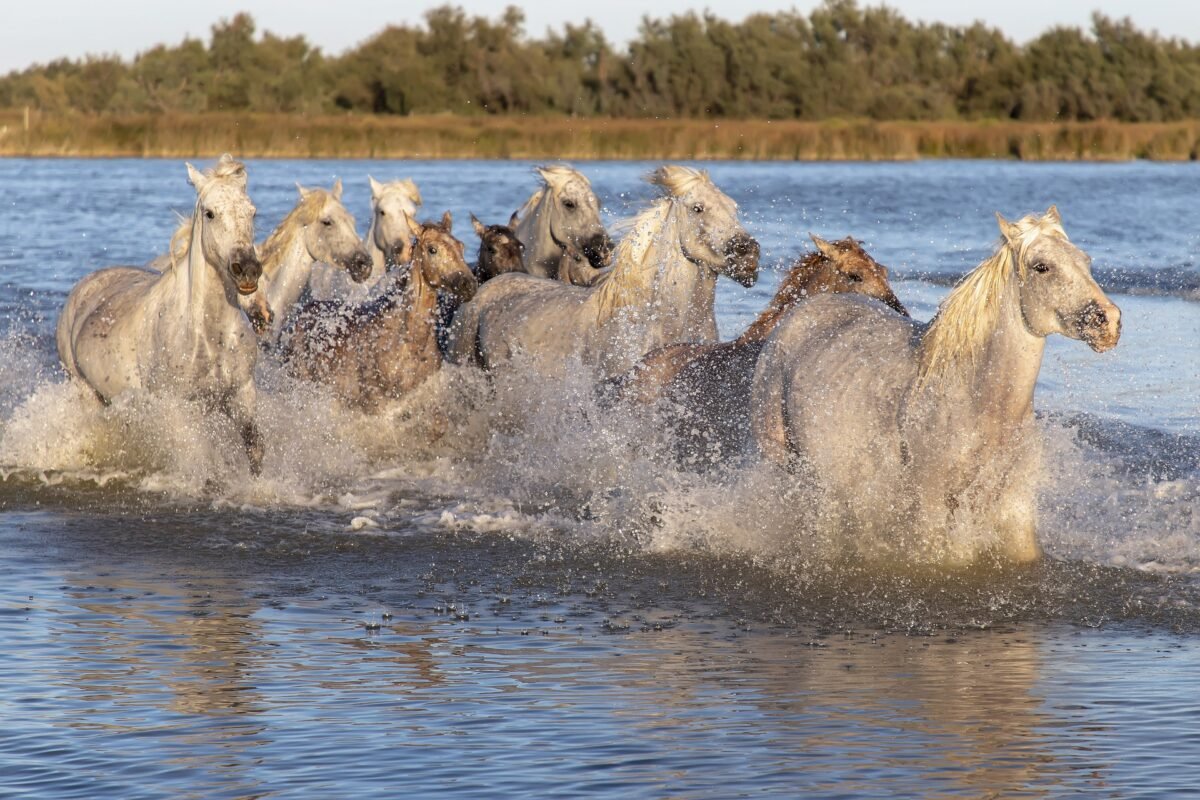
As a UNESCO-listed Biosphere Reserve, the Parc Régional de Camargue is worthy of its own mention on our list. Located just 16km from Arles in Provence, this spectacular location offers the opportunity for visitors to breathe in the fresh air and enjoy the completely unspoiled natural beauty. Furthermore, the marshlands, pastures, and salt flats are home to over 300 species of birds. Plus, white horses roam free in the 100,000 hectares of protected wetlands, and pink flamingos are a familiar sight.
The Camargue is also home to the native Camargue bull and a range of famous fauna.
4. Provence – For Artistic Inspiration
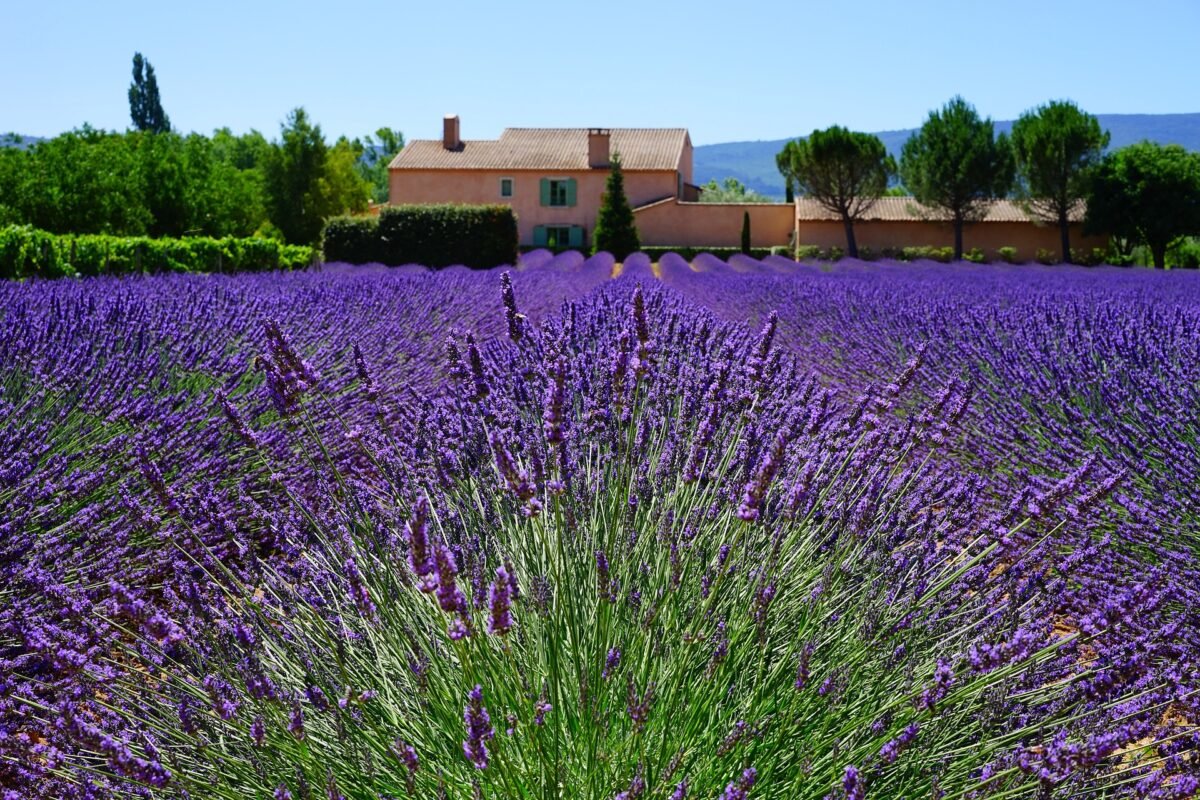
The spectacular scenery of Provence has provided inspiration to many impressionist painters; Cezanne was born and died here, Van Gogh spent his most prolific period living in Provence, and many other artists of the period visited to paint the rolling hills and colorful landscapes of the region.
From the colorful sunflowers to the fragrant lavender and herbs that grow in Provence, this is somewhere that people love to escape to.
The village’s perches are another popular tourist attraction, with Saint-Paul-de-Vence, a walled medieval town amongst one of the most visited places on the hilltops above Provence. The beach resort of Saint-Tropez offers a welcome distraction for sun worshippers.
5. Brittany Coast – For Sand and Seafood

While it is prone to slightly less clement weather than other areas of the country the picturesque Brittany coastline has so much to offer and is really not somewhere you’ll want to miss. The historic port town of Saint-Malo and the 14thcentury fortified town of Concarneau give a real hint to the history of the area.
There are also some rather stylish beach resorts along the Côte d’Emeraude with Dinard, La Baule, and even Tréboul near Quimper well worth a visit. Here you will find gloriously sandy beaches, glorious blue (and rather cold!) waters and dramatic rocky backdrops.
Small fishing villages hide along the coast and local restaurants offer some of the freshest seafood you will find anywhere. Other local foods to try include Galettes – savory buckwheat pancakes which are best accompanied by a cup of local cider, and the indescribable decadent flavor of a Kouign-amann.
6. The French Alps – For Scenery and Snow Sports
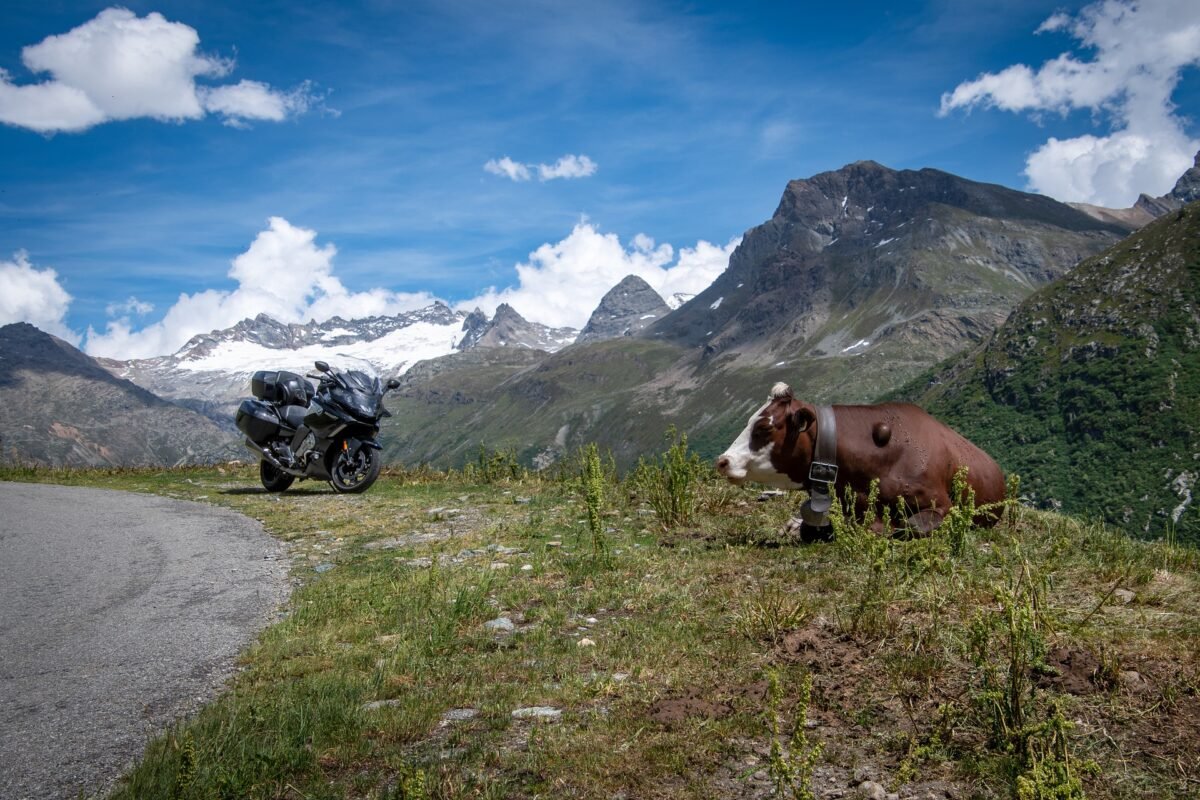
You’ll see some of the most awe-inspiring scenery in the French Alps. The snow-capped peaks of Mont Blanc are iconic. Furthermore, during the winter, this is an incredibly popular tourist destination for snowboarding and Alpine skiing. However, the area has a lot to recommend it in the summer as well. The fresh air and the incredible vistas looking out over dramatic waterfalls and crystal-clear lakes make this a truly idyllic destination for hiking and cycling holidays.
There is more to the Alps than outdoor pursuits. This is an area with a rich cultural heritage that links it to the House of Savoy and the Dauphiné region. The region is also home to several spa towns offering the ultimate in upscale hotels and pampering thermal spas.
7. Lourdes – For Pilgrims and the Pyranees

The most important Catholic pilgrimage site in France, Lourdes sees millions of visitors every year. Found at the foothills of the Pyrenees, Lourdes is a popular destination for those looking for spiritual inspiration. Seventy validated miracles have taken place here, and many of those who make the trip are hoping that bathing in the waters will offer them a miracle cure.
The Marian Processions, which hundreds of pilgrims take part in, offer a breath-taking sight every evening from April until October.
8. Cote d’Azur – For Blue Skies and High Society
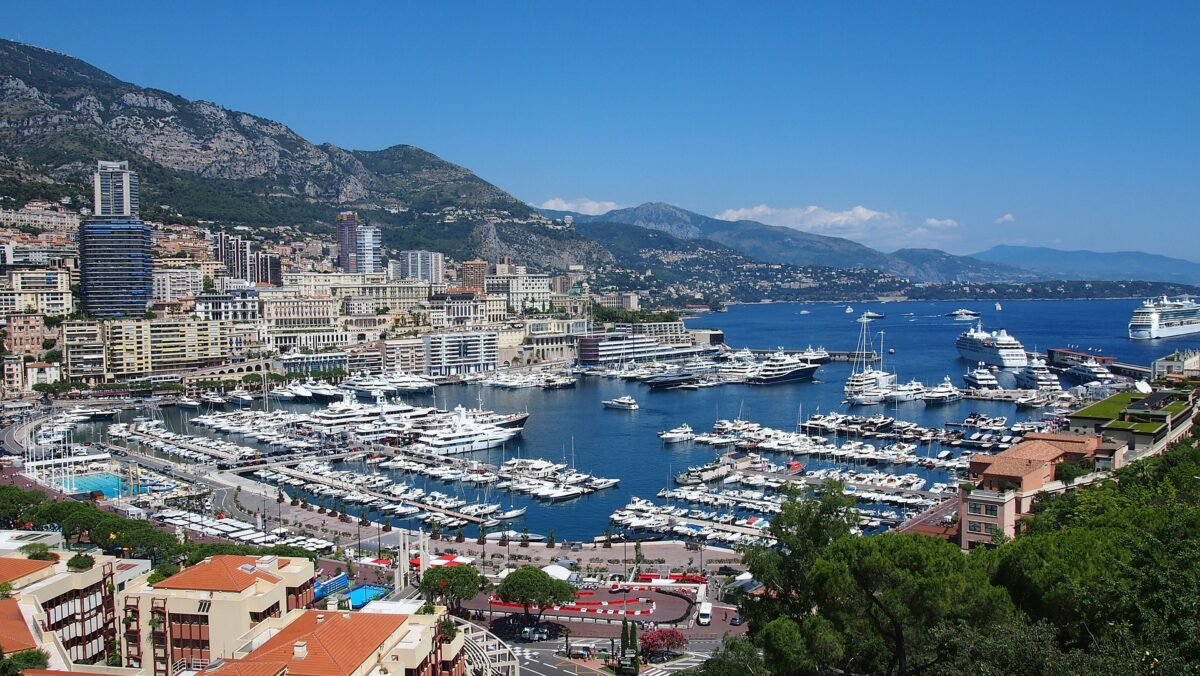
Sometimes referred to as the French Riviera, this incredibly glamorous stretch of coastline on the Mediterranean coast is aptly named for the stunning azure-blue waters that are found here. Boasting sunny weather for most of the year the sky is often a glorious shade of blue as well.
Since the early 19th century, the area has been “the” seaside resort destination for the rich and famous. The town of Nice is well worth a visit with its cobblestone streets, art galleries and pavement cafes.
There are plenty of day trip locations within a very short distance of Nice itself, and just along the coast you will find Cannes. Famous for its film festival, which takes place in May, Cannes also has a glorious beachfront promenade and an Old town steeped in history.
Both Saint-Tropez and Antibes are popular destinations for sun worshippers, and the Picasso Museum in Antibes is also a popular draw for art lovers.
Monaco, the sovereign city-state and microstate that is synonymous with luxury and wealth, is also on the Cote d’Azur.
9. Nantes – For History and Art

Photo: Guilhem Vellut |Flickr
The city of Nantes is something of a hidden gem, often overlooked by visitors to France. This river port, which is the sixth largest city in France, is the historic capital of the Duchy of Brittany. Nantes is not only a city steeped in history but also has an incredibly rich and thriving art scene that offers plenty for visitors of all ages.
With the decline of the shipping industry and less need for those employed in the shipbuilding industry, Machines de l’île was born. This is a truly unique experience inspired by the work of Leonardo da Vinci and Jules Verne. It features mechanical creatures intricately created to move in a lifelike manner. The giant elephant is worth a trip in itself, and braving the queues for a ride atop its huge lumbering structure is a must.
Elsewhere in Nantes, you will find artworks added to the natural landscape of the city. The Jardin des Plantes, the Chateau des ducs de Bretagne and the city centre itself form part of a unique art trail that makes a great way to explore.
10. Burgundy – For Wine and Winding Hills

If idyllic landscapes and rolling hills are more your things, the Burgundy region should be top of your travel list. With plenty of ancient towns, Romanesque chapels, and old abbeys, the area’s rich cultural heritage is in evidence everywhere.
Essentially, most people know the area for its wine growing. There are plenty of wineries to visit and when it comes to local cuisine, the Boeuf Bourguignon and Coq au Vin are both specialties that visitors should try. The town of Dijon has a rich and complex history and the Abbey of Cluny, which was the largest Christian church until the 16th century, is not to be missed.
11. Reims – For Architectural Delights
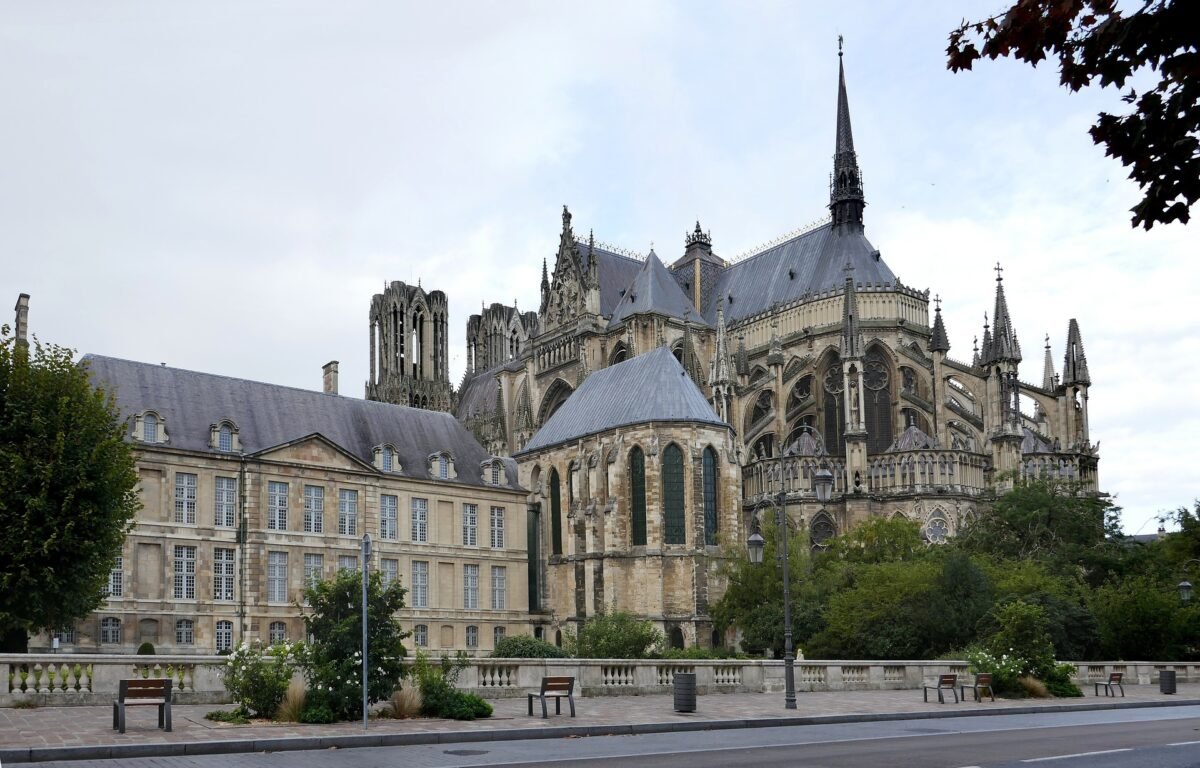
Appearing on the list of Villes d’Art art d’Histoire, the town of Reims has three UNESCO World Heritage Sites. The Cathedrale Notre-Dame de Reims, where French kings were crowned, the Palais du Tau, an Archbishops’ Palace dating to the 17th century, and the Basilique Saint-Remi built in the 11th century all bear witness to the importance of Reims.
All three buildings are incredible examples of the architecture of the time and make a visit to Reims well worth it.
As the unofficial capital of the Champagne region, it’s also a great place for cellar tours and tastings.
12. Alsace – For Canals and Churches
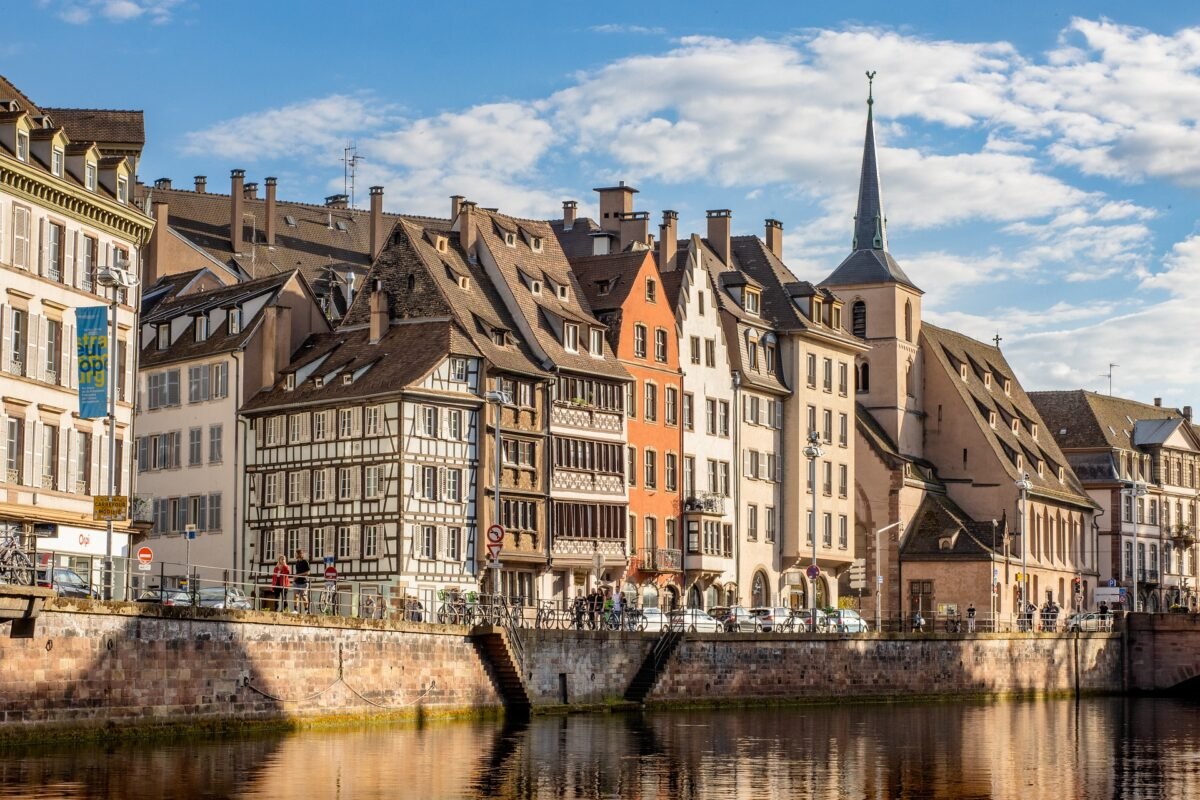
The Alsace region offers visitors something a little different from other regions of France. Both the architecture and the ambiance are heavily influenced by neighboring Germany, and a trip to Alsace will be filled with half-timbered brightly painted buildings and gothic churches.
Strasbourg, with its cobbled narrow streets and scenic canals, together with Colmar, where you will find some very traditional homes with flower-planted balconies that are typical of the area. You will also find many of the villages in the region listed in the Plus Beaux Villages de France, with some even listed as Villages Fleuris. Expect to see flowers on every street corner and adorning many of the buildings, a real riot of color and fragrance that is sure to delight.
13. The Ardeche – For Forests and Rivers

Photo: Ridoe | Pixabay
In southeast France, locals love the Ardeche for its trails, forests, and gorges The natural limestone arch of the Pont d’Arc is the gateway to the rapids in the gorges that attract visitors looking for a great location for kayaking and canoeing.
Therefore, if you are looking for breathtaking scenery, rugged rocky outcrops, and plenty of water, the Ardeche is a true paradise for nature lovers. It is a great place to get away from it all.
14. Dordogne – For Caves and Cro-Magnon Art

Arguably, the Dordogne region is the best place to visit in France if you want to see prehistoric cave paintings. The Lascaux Cave contains masterpieces of Palaeolithic art that Cro-Magnon man created, people believe. The caves themselves are no longer open to the public (they are now a UNESCO World Heritage Site) to prevent damage to this incredible artwork but Lascaux II offers visitors a full experience.
Nearby, Grotte de Rouffignac also offers an interesting artistic experience with paintings of deer, mammoths, bison, cows, and horses on display.
15. Paris – A City Like No Other

Photo: Pierre Blaché | Pixabay
Last but by no means least on our list is Paris, the capital city of France. Adored by millions, the city plays host to over 30 million tourists every year.
Clearly, Paris is a great location for elegant shopping trips, pavement cafes and traditional bistros. Accordingly, visitors flock to the city to visit the Eiffel Tower, the Louvre, Champs Elysees and a stunning array of museums. On the outskirts of Paris, you will find the Palace of Versailles. More recently, Paris has become a popular destination with visitors heading to see Disneyland Paris.
Of course, in a city the size of Paris you don’t have to look too far to find something a little more unusual to visit. The Père Lachaise cemetery is an incredibly ornate sight, and the most visited cemetery in the world. The Catacombs and even the Paris sewers also feature on the list of interesting places to visit. Equally, if skating is your thing, then don’t forget to check out Pari Roller for a completely unique way to explore the city at night.
Final Words on The Best Places To Visit In France
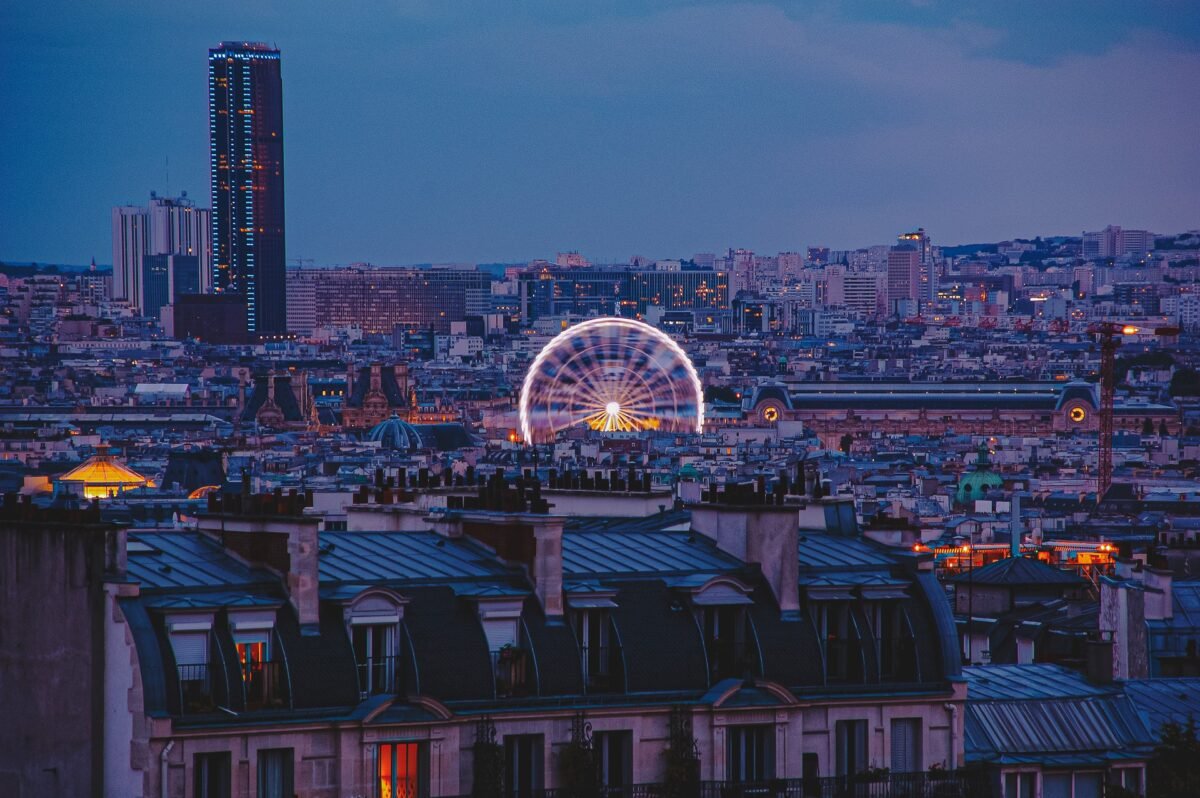
Photo: Rodrigo Pignatta | Pixabay
With all of these regions offering different kinds of trip, which of the 15 best places to visit in France will make your shortlist?














